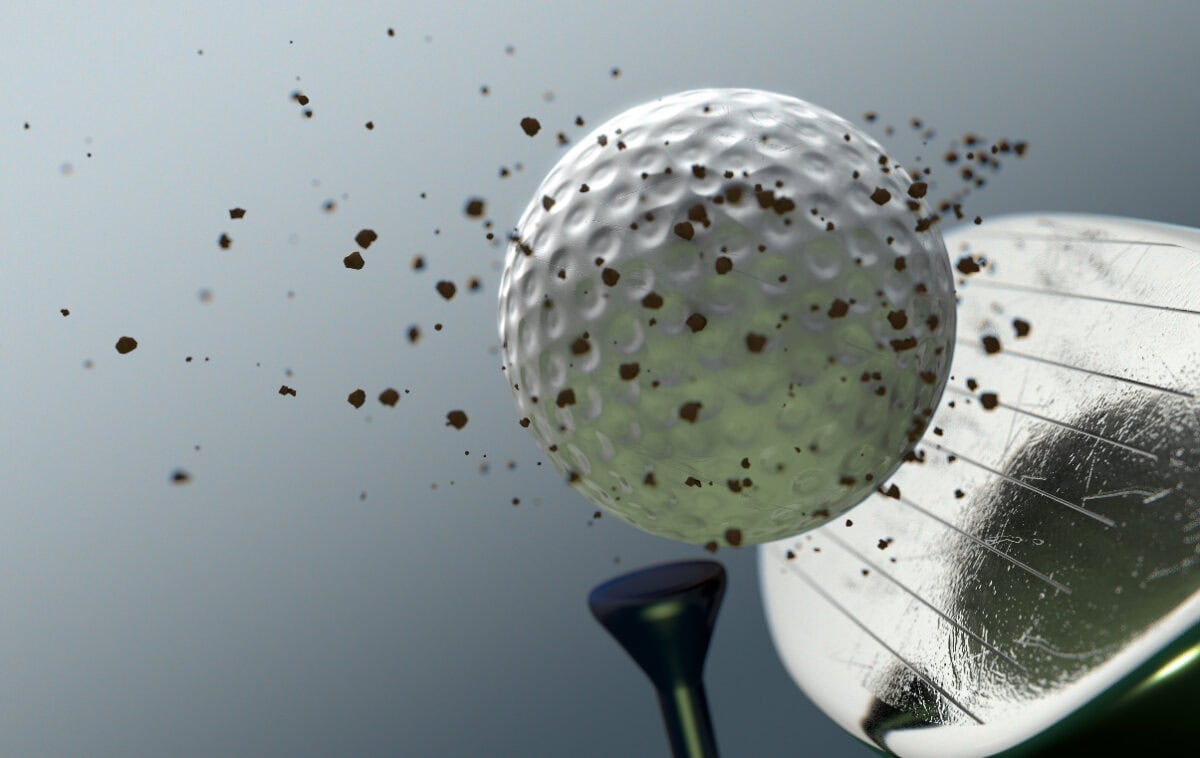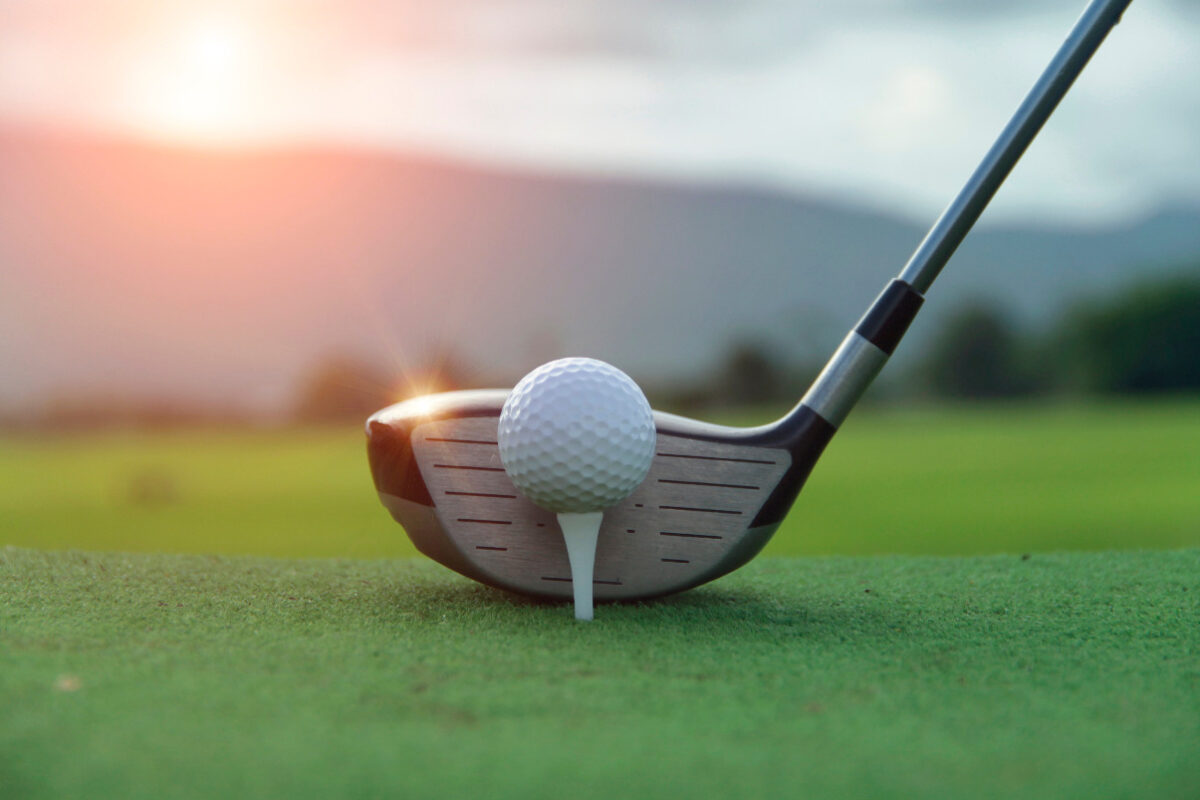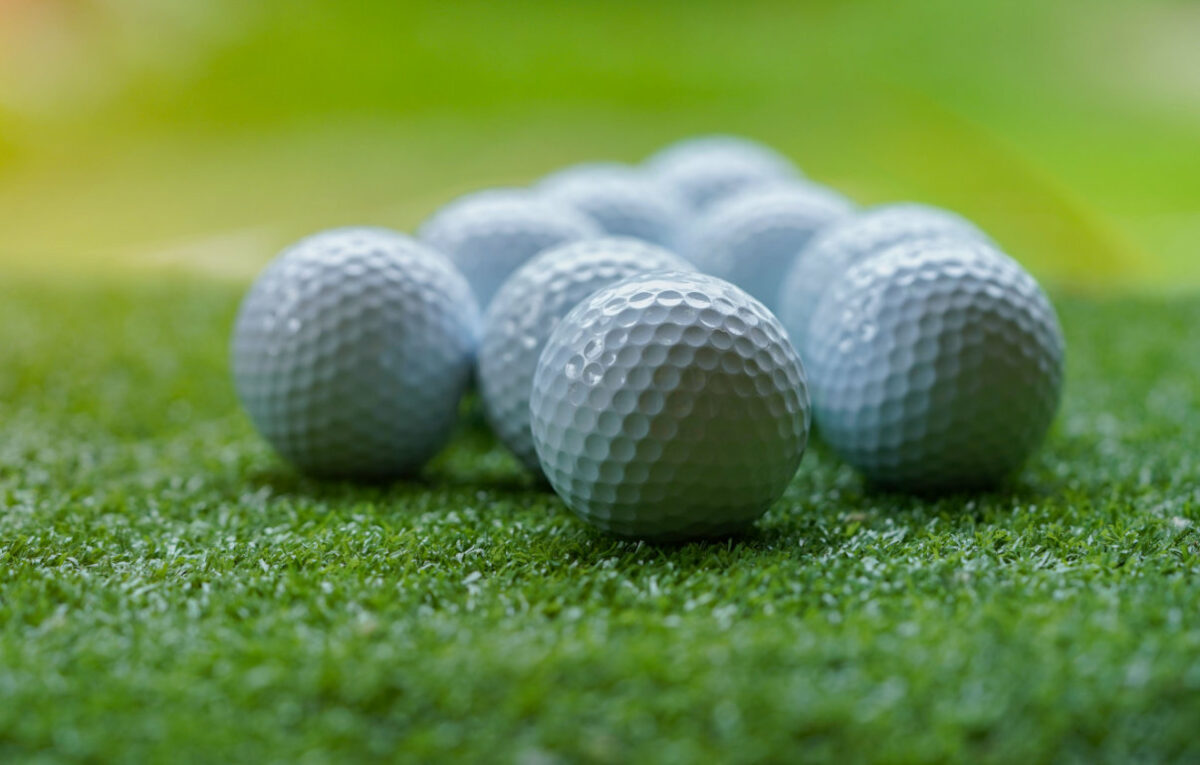Do Golf Balls Get Old?
Many golfers have wondered at some point if golf balls degrade and lose peak performance, distance, feel, and general playability after sitting in storage for years unused.
With recreational players often buying large bulk quantities of new balls but then not using them all right away, questions arise around shelf life and whether golf balls simply “get old” and expire from a playability standpoint after a certain number of months or years.
While high-quality golf balls from leading manufacturers can remain fully usable for quite a long time after production, there are certain factors that impact the gradual deterioration of materials that golfers should understand.

Golf Balls Technically Don’t “Expire” at a Set Date
Unlike food products with strict use-by dates, there is no truly definitive expiration date at which golf balls suddenly become unusable or unplayable.
Temperature changes, sustained humidity and moisture, sunlight, and UV exposure, and the amount of compressions and shocks from actual usage are the main factors that cause balls to very slowly degrade over time.
However, a properly stored sleeve of quality balls can easily maintain high performance and playability for many years past the purchase date. Being past the production date does not eliminate a ball from being usable.
Golf Ball Material and Construction Plays a Role
The specific materials used in the core, mantle, and cover layers along with overall ball construction characteristics impact the degradation rate over time.
Basic surlyn-covered two-piece golf balls with their single solid core tend to hold up well in storage and endure years of use better than softer premium multi-layer balls.
The adhesives bonding the layers together and soft, thin thermoset urethane covers found on tour-level balls can start gradually breaking down, negatively affecting feel and reducing performance.
So premium balls with more fragile materials tend to slowly decline faster.
Proper Ideal Storage Conditions Extend Useful Ball Lifespan
Keeping unused golf balls stored properly in temperature-stable indoor environments away from direct sunlight or other heat sources goes a long way towards preventing premature ball damage from temperature extremes, UV radiation, and reactive atmospheric elements.
Maintaining reasonable storage conditions reduces material breakdown and significantly prolongs playability and peak performance vs. balls left outside year-round. Proper storage is key for getting the most life out of new balls before play.

Excessive Water and Temperature Changes Are the Main Enemies
Two of the quickest ways to accelerate golf ball degradation over time is exposure to excessive moisture and cyclical temperature swings.
Prolonged humidity and water absorption causes the layered components of the ball to gradually break down and decompose as water molecules more easily slip between the bonded materials.
This reduces the designed compression and resiliency of the ball over time.
Additionally, frequent expansion and contraction of the ball materials from cyclical temperature changes will damage internal bonds and material integrity much quicker than maintaining climate stability.
Signs of Aging Vary By Golf Ball Construction
For basic surlyn-covered balls, signs of aging after years include checking for cuts, scuffs, and outer cover yellowing and loss of surface sheen.
On softer premium balls with urethane covers, golfers may notice cover inconsistencies, a reduction in compression, and gradual changes to responsiveness and feel.
However, even balls 5+ years old often have plenty of playable life remaining if stored reasonably well. Do not rely on appearance alone to eliminate older balls from use.

Testing Old Balls Reveals if it Still Playable
The appearance alone of a golf ball does not definitively determine actual playability and remaining performance.
Older balls should always be tested by actually hitting shots with them across all clubs to gauge flight stability, distance, feel, spin, and general durability before removing them entirely from use.
If all aspects remain satisfactory, the ball likely has a more useful life regardless of age. Do not discard based solely on time passed.
Practice Balls Need Not Be Perfect
For practice range balls and general hitting sessions, used older mixed model balls with some visual imperfections are just fine for working on fundamentals and mechanics.
Keep an assortment of older balls specifically for practice purposes to help conserve the newer ball inventory only for serious play. Look past scuffs and stains for practice.
Weigh Cost Savings vs. Performance
For frugal golfers trying to save on costs, extending the older ball lifespan through smart storage and re-use makes good economic sense.
But players wanting absolute peak consistency and responsiveness may still opt to use brand new balls more often as budget allows.
Factor those preferences against cost savings when deciding on ball reuse after years stored. Test first before eliminating.
